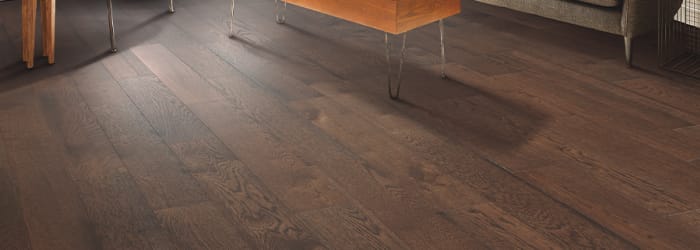Composite hardwood flooring, also known as engineered hardwood, is a type of flooring that is made by layering different materials together to create a composite material. It is often used as an alternative to solid hardwood flooring because it is more stable, durable, and easier to install.
The base layer of composite hardwood flooring is typically made of plywood or high-density fiberboard (HDF). This layer provides stability and structure to the flooring and helps to prevent warping or twisting.
On top of the base layer, a thin layer of real hardwood is applied. This layer is usually only a few millimeters thick and is made from high-quality hardwood species such as oak, maple, or cherry. The hardwood layer is typically applied using a process called lamination, which involves bonding the wood layer to the base layer using heat and pressure.
After the hardwood layer has been applied, a clear protective layer is applied over the top. This layer is typically made of a durable and scratch-resistant material such as aluminum oxide or polyurethane. It helps to protect the flooring from wear and tear and makes it easier to clean and maintain.
Once all of the layers have been assembled, the composite hardwood flooring is cut into planks of various sizes and shapes. These planks are then packaged and shipped to stores and distributors, where they can be purchased by consumers and installed in their homes.
Overall, the process of making composite hardwood flooring is quite complex and involves a number of different steps and materials. However, the end result is a high-quality, durable, and attractive flooring option that is suitable for use in a wide range of residential and commercial settings.
Visit one of our showrooms in Palm Desert or Palm Springs and discover the different styles of engineered hardwood flooring for yourself.








